Mediterranean or Mission style gardens?
ZephirineD
20 years ago
Related Stories
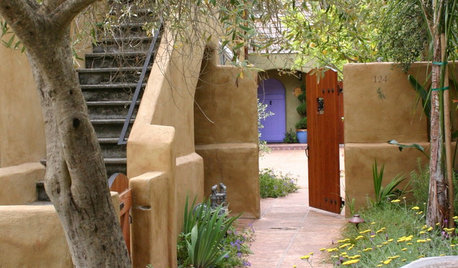
GARDENING AND LANDSCAPINGLay of the Landscape: Mediterranean Garden Style
Earthy, lush and warmly welcoming, a Mediterranean garden can thrive in any warm-climate landscape with a few adaptations
Full Story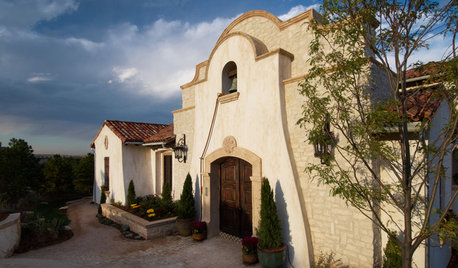
ARCHITECTURERoots of Style: Mission
Spanish colonial missions inspired a style of architecture still popular in the United States
Full Story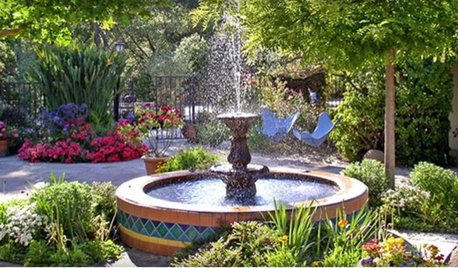
GARDENING AND LANDSCAPINGGet the Look: Spanish-Mediterranean Courtyard
Extend Your Living Area Outdoors With a Classic Garden Patio
Full Story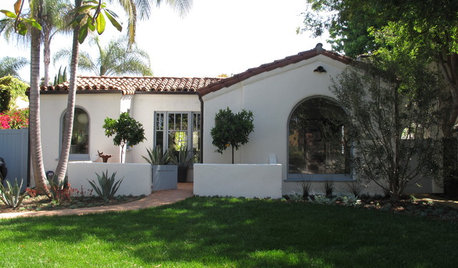
ARCHITECTURERoots of Style: Many Cultures Make Their Marks on Mediterranean Design
If you live in California, Florida or certain other parts of the U.S., your architecture may show distinct cultural influences
Full Story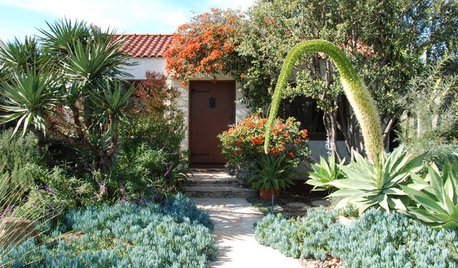
MY HOUZZMy Houzz: Early-California Style for a 1920s Home and Garden
Native plantings and flea market treasures fill the cozy live-work space of a Southern California landscape designer
Full Story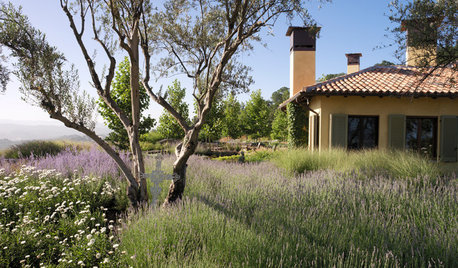
LANDSCAPE DESIGN8 Elements of Mediterranean Garden Style
Opt for olives and take up with tile. Mild-climate gardens everywhere can benefit from the features of their Mediterranean cousins
Full Story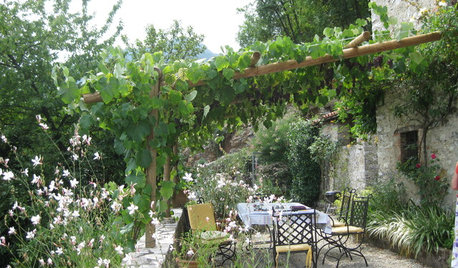
LANDSCAPE DESIGNRecipe for Mediterranean Edible Garden Style
The only thing better than a delicious meal outdoors is the satisfaction of growing some of the key ingredients yourself
Full Story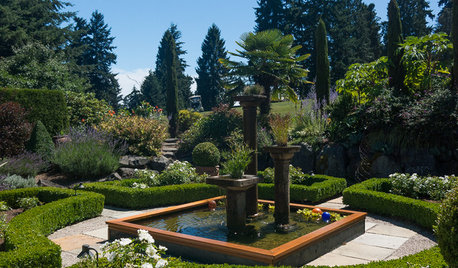
LANDSCAPE DESIGNGet a Mediterranean-Style Garden Even Far From the Sea
Some lavender here, a water feature there, and your garden just might feel transported to a balmy seaside locale
Full Story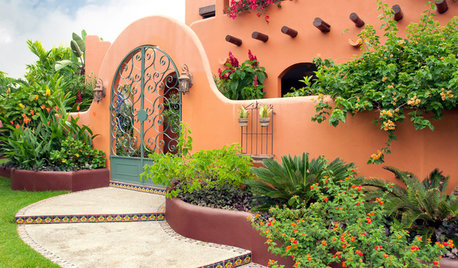
MEDITERRANEAN-STYLE DESIGNNail Your Curb Appeal: Mediterranean Style
Earthy hues, low-water landscaping and architectural flourishes are characteristic of these homes
Full Story





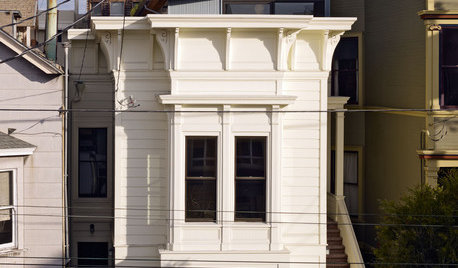
mich_in_zonal_denial
gayle0000
Related Professionals
Wilmington Landscape Contractors · Columbine Landscape Contractors · Lakewood Landscape Contractors · Tehachapi Landscape Contractors · York Landscape Contractors · Kansas City Siding & Exteriors · Milwaukee Siding & Exteriors · Oak Park Siding & Exteriors · West Bloomfield Township Siding & Exteriors · Annandale General Contractors · Country Walk General Contractors · Park Forest General Contractors · Springboro General Contractors · Warrenville General Contractors · West Melbourne General Contractorsbahia
robyn_tx
JeanneK
catkim
ginny12